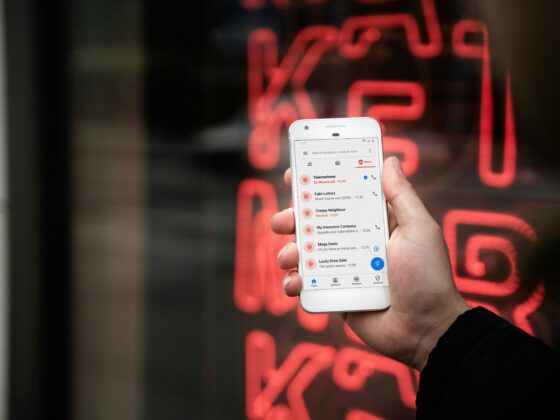
Technology continues to transform the foodservice industry, reshaping the way restaurants operate and interact with their customers. From mobile apps and contactless payments to back-of-house automation and front-of-house innovations, these advancements promise efficiency and convenience. However, as technology becomes increasingly embedded in dining experiences, operators must navigate a nuanced landscape where convenience meets the human touch.
The following insights and data are from Datassential’s recently published Restaurant Technology report.
Consumer perspectives
While many diners welcome technology for its ability to streamline operations, others remain cautious. Younger demographics — especially Gen Z, millennials and frequent restaurant users — are particularly enthusiastic, seeing automation as the future of dining. These groups are tech-savvy, frequent app users and value innovations like kiosks, apps and automated payment systems.
On the other hand, older consumers and those less comfortable with technology often express concerns about privacy and the potential loss of human interaction. For restaurants, the challenge is clear: offer tech-forward options that appeal to younger, tech-savvy diners while maintaining traditional alternatives for those who value personal service.
When convenience tops experience
Automation aligns best with fast, casual dining occasions where speed and efficiency are paramount. Quick-service restaurants and limited-service restaurants have found success incorporating technologies like digital ordering, self-service kiosks, and AI-driven BOH systems.
In contrast, full-service restaurants and fine dining establishments must tread carefully. The experiential nature of these venues means diners expect personalized recommendations, attentive service and a human connection — elements that automation struggles to replicate. Generational divides also play a role, with Gen Z showing more openness to automation in fine dining than older generations.
A must-have for modern restaurants
Consumers increasingly rely on apps for everything from placing orders to earning rewards. While developing a mobile app can be costly, the payoff is substantial. Apps deepen customer loyalty, provide valuable data for operators, and streamline operations.
Key app features diners want include:
- Ordering and payment capabilities
- Customization options
- Loyalty rewards and personalized offers
- Easy access to menu details like allergens and nutritional information
Operators who optimize digital platforms can expect increased sales and stronger customer relationships. With over 40% of consumer restaurant orders placed digitally in the past year, digital ordering is no longer optional — it’s a competitive necessity.
The human factor
One of the most significant challenges for operators is balancing technology with hospitality. Two-thirds of consumers still prefer interacting with staff when ordering, highlighting the importance of human connection in dining experiences. Restaurants that overly rely on automation risk commoditizing their offerings, where the personal touch that differentiates them from competitors is lost.
Additionally, automation must support — not replace — staff. Technologies that help alleviate labor challenges, such as automating repetitive tasks or enabling faster service, can improve employee morale and productivity. However, investments in technology should align with a restaurant’s brand and values to avoid alienating both staff and patrons.
Looking ahead
As the cost of app development and automation decreases, expect more restaurants to adopt these technologies. However, the key to success will be balance. Restaurants must deliver convenience and efficiency while preserving the hospitality that makes dining out special.
In an industry that thrives on connection, technology should be viewed as an enhancement — not a replacement — for the human touch. By thoughtfully integrating automation and maintaining a focus on customer preferences, operators can navigate this evolving landscape while ensuring a bright and profitable future.
Automation is here to stay, but so is the need for genuine hospitality. Restaurants that cater to diverse consumer preferences and blend technology with a personal touch will be best positioned to thrive in the years ahead.
Samantha Des Jardins is the Content and Marketing Manager at Datassential.
Read more like this from SmartBrief:
_____________________________________
If you liked this article, sign up to receive one of SmartBrief’s Food & Beverage newsletters. They are among SmartBrief’s more than 250 industry-focused newsletters.








